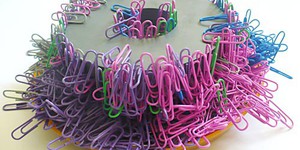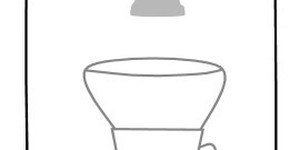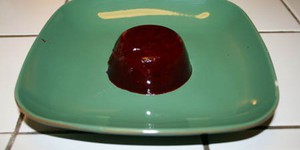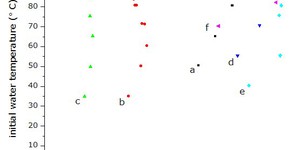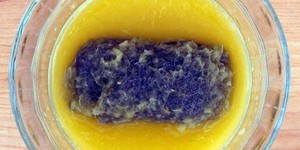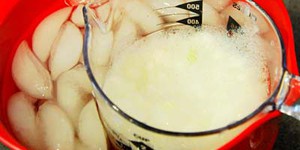Others Like “Rate of Heat Loss Based on the Surrounding Temperature : Death of an Orange” (top 20 results)
|
Physicists sometimes study matter under extreme conditions. For example, think of the emptiness of interstellar space vs. the unimaginable crush of pressure at the center of a neutron star, or an object dipped in liquid nitrogen vs. the tiles on the space shuttle during re-entry. Here's an experiment on permanent magnets in "extreme kitchen" conditions that you can try at home.
Read more
What is the first thing you do when you wake up on a cold, frosty morning? Snuggle down deeper under the covers? Animals, like puppies and piglets, do not like being cold either, but they do not have hands or blankets to wrap themselves up. So when animals get chilled, they change their behavior and do things like huddle—they curl up close to other animals. In this mammalian biology science fair project, you will see just how much huddling can help reduce heat loss.
Read more
You're at the high school football game and it's getting pretty chilly as the sun goes down. You're determined to keep cheering for your team, but your hands are freezing—have you ever tried hand warmers? The chemistry within these little packets is pretty cool. Hand warmers provide a unique and fun way to study the chemistry of crystal formation and heat generation. By pressing a button in a pouch, which contains a supercooled solution, you start a rapid exothermic (heat-producing)…
Read more
You know that water can exist in three separate phases: solid (ice), liquid (water), and vapor (steam). To change from one phase to another, you simply add (or remove) heat. When water boils, what happens to molecules (for example sugar or salt) that are dissolved in the water? Do they boil off too, or do they stay behind?
Read more
"Slurp...plop!" Recognize that sound? You might if your family usually serves jellied cranberries for the holidays. Jellied cranberries are thick, like gelatin, and retain the shape of the mold in which it was placed, which might mean Aunt Sue's turkey mold or even the shape of the can if you buy one of the popular canned versions. Taking a bite of wiggly jellied cranberries can be a fun addition to a delicious meal, but cranberries can also be served as a sauce. Both versions use the same…
Read more
Can water remain liquid below its normal freezing point? If it does, that water is supercool(-ed). This project shows you a method for supercooling water. You can test water from different sources to see whether or not it can be supercooled.
Read more
Did you know that the color of your house could save money? Do this experiment to see which colors regulate temperature best in different environments. Then convince your parents to paint the house and save some money on their energy bill. Maybe they will be so happy they will also increase your allowance!
Read more
This physics project seems like it should have an easy answer. Instead, it turns out to be a great illustration of why it is important to base scientific conclusions on the outcome of controlled experiments. Things don't always turn out as we expect!
Read more
Have you ever left your bike outside in the rain? If so, you might have discovered unpleasant surprises afterwards—reddish-brown patches, known as rust, and your wheels, brakes, and gears might have stopped working so smoothly. In this chemistry science fair project, you'll learn why rust, a type of corrosion, is a serious problem. You'll also discover that not all rains are the same! Find out which ones can speed up the rusting process.
Read more
In this project, you'll learn how to isolate DNA from onion cells, separating it from other cellular components in a manner that still preserves its structure and sequence. In the end, you'll have enough DNA to see with the unaided eye, and you'll be able to spool it to demonstrate its strand-like structure.
Read more
|
Explore Our Science Videos
Iteration in the Engineering Design Process
Dancing Robot
How to Make a Homopolar Motor - Science Experiment

